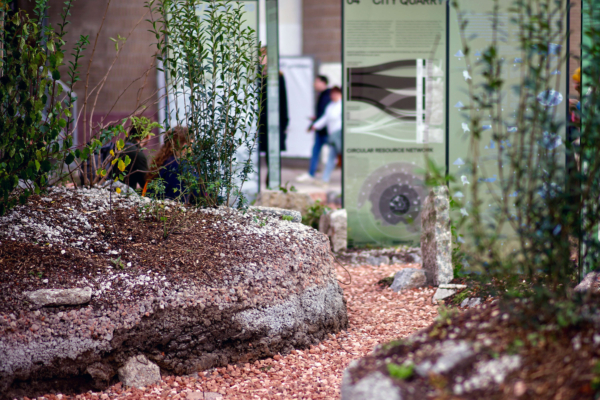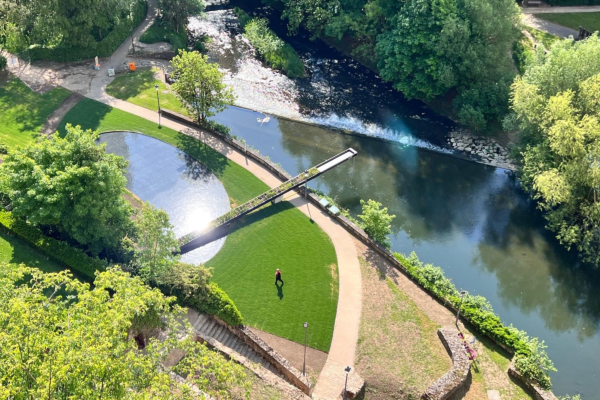Spatial visions and planning are required to develop the required range of alternative strategies to adapt to climate change. In the beginning of this century, The Netherlands had a well-developed and internationally recognized tradition of spatial planning operational. Because of decentralisation, institutional possibilities for spatial planning at the national level have however been minimized: the development of a spatial visions for the entire country was judged as not desirable and a waste of time and money during the financial crisis.
Plan B NL2200 first of all underlines the need to restore the Dutch tradition of spatial planning at a national level, in the face of adaptation to climate change and high-end sea level rise. It is a first exploration of a strategy to adapt to higher sea levels under an extreme – but plausible scenario: +2 meter in 2085, +3 meter in 2100 and +6 meter in 2200*. Dikes, dunes, dams and storm-surge barriers will not be able to handle these extreme conditions.








